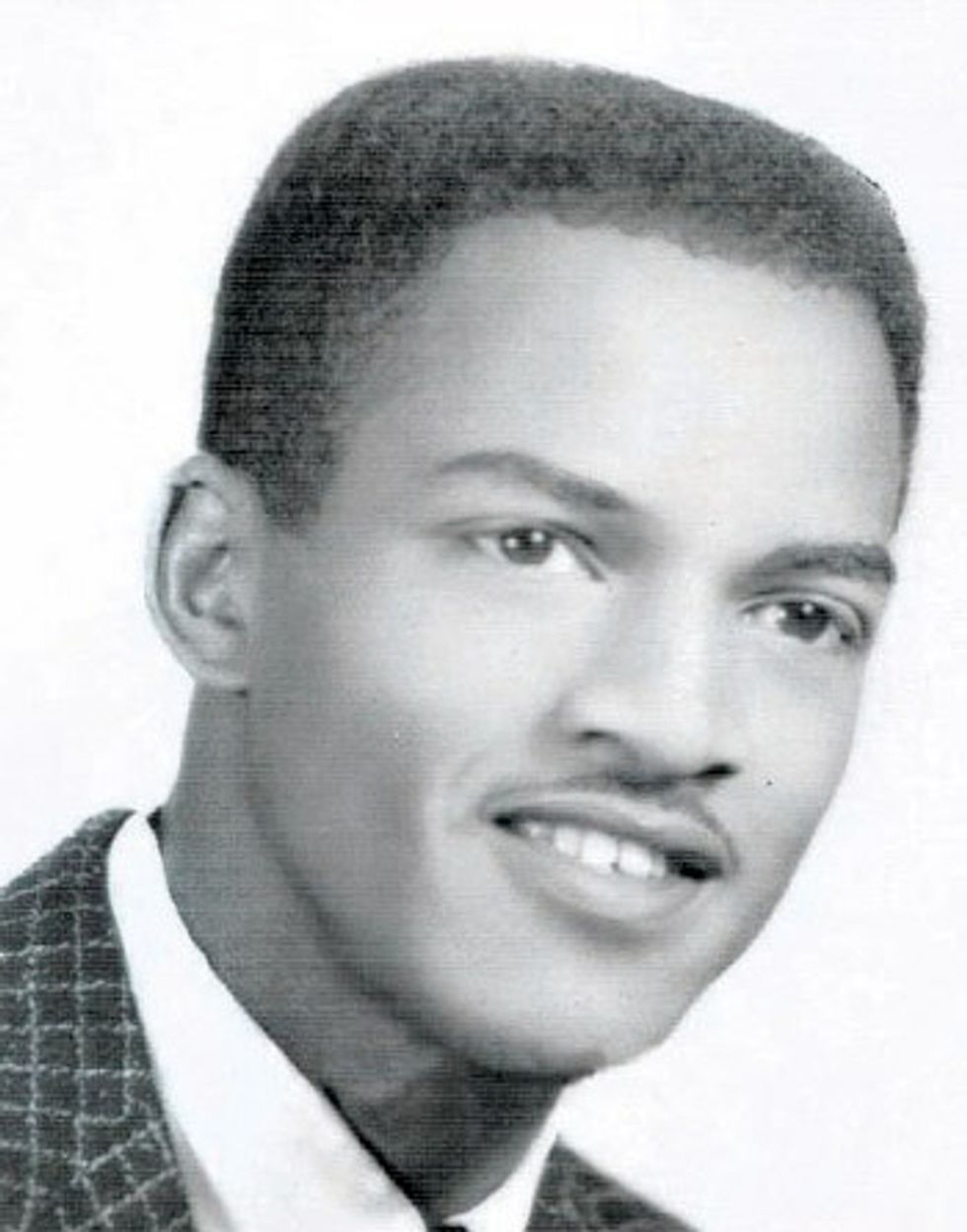 Motown legend James Jamerson. |
There is so much more to bass guitar playing than just pounding out the low note of the chord so a guitarist can mesmerize the audience with his super hot licks. And bass is certainly not some secondary position assigned to the guy who wasn’t quite good enough on lead to cut it out front. It’s the bass player’s job, along with the drummer, to create the groove and the feel of the song. Thanks to a wealth of wonderfully proficient bassists, many up-and-coming bassists think it’s their duty to keep up with the guitarist note for note. They appear to have overlooked the less-than-subtle objective of anchoring the harmonic framework and laying down the beat. Don’t get me wrong—obviously there is a place in the music world for guys like Geddy Lee and Billy Sheehan, who have mastered the art of melodic soloing on our four-string cousin, but my personal taste will eternally lean heavily on Motown’s greatest Funk Brother, James Jamerson.
Jamerson has influenced probably every electric bassist to ever pick up the instrument, whether they know it or not. Starting with Motown in 1959, Jamerson’s playing covered everything from a traditional rootfifth cocktail style, to an unpredictable new style built upon sixteenth-note runs, syncopations, daring dissonances and constant exploration that thoroughly pushed the envelope for modern music.
Many of the bassists I’ve had the pleasure of working with have graciously given kudos to Jamerson. Toby Keith’s long time bassist and band leader Chuck Goff Jr. has cited James Jamerson almost exclusively as his foremost influence. As a former concrete pourer turned bassist, Goff knows the value of having a good foundation. He is one player who focuses solely on laying down the groove and supporting the structure of our live show with a less-is-more approach.
As a guitarist it’s natural to be able to play some bass. After all, the notes fall on the same frets; and four strings, EADG, are the same, only an octave lower. However, many guitarists mistake the two instruments as more similar than they really are. Nothing will bum out a night of music quicker than having to share the stage with a frustrated guitarist on bass. I’ve fooled around on bass enough to know that I’m no bass player. I tracked some of the bass parts on my new Cottage City Firehouse CD but was smart enough as a producer to know when it was time to bring in the big guns on the lower register. When I needed true solid groundwork I called in session bassist [and PG contributer] Sean O’Bryan Smith to dig the trench. Sean is a top-notch musician who is more comfortable at soloing than most bassists, but he still knows the value of creating the groove and laying back to be the backbone of the song. He also cites Jamerson as having a substantial influence on his playing style.
James Jamerson’s equipment was simple by today’s standard. His double bass was a German upright acoustic that he bought as a teenager and later used on many Motown hits including “My Guy” by Mary Wells and “(Love Is Like A) Heat Wave” by Martha and the Vandellas. His electric was a stock 1962 Fender Precision. It had a tritone sunburst finish, a tortoise-shell style pickguard, and chrome pickup and bridge covers. Jamerson used La Bella heavygauge (.052-.110) flatwound strings, and it is rumored that he never changed them. He also tucked a piece of foam underneath the bridge cover to lightly dampen the strings. His amps of choice were an Ampeg B-15 and a blue naugahyde Kustom loaded with two 15” speakers.
Here’s a list of songs that Jamerson lent his talents to, that I recommend any bass player should study in order to get a true feel of what this amazing musician was all about: “My Girl” and “Ain’t Too Proud to Beg” by the Temptations; “Bernadette” and “Standing in the Shadows of Love,” by The Four Tops; “Uptight (Everything’s Alright)” and “For Once in my Life” by Stevie Wonder; “I Heard It Through The Grapevine” by Marvin Gaye and “It Takes Two” by Gaye with Tammy Terrell; “Where Did Our Love Go” and “Stop! In The Name Of Love” by Diana Ross and the Supremes; “The Tracks Of My Tears” by Smokey Robinson and the Miracles; and “I Want You Back” by The Jackson 5.
Keep Jammin’.
Rich Eckhardt
Rich Eckhardt is one of the most sought after guitarists in Nashville. His ability to cover multiple styles has put him on stage with singers ranging from Steven Tyler of Aerosmith to Shania Twain. Rich is currently playing lead guitar with Toby Keith. His new album Cottage City Firehouse is available at his website and CDBaby.com.


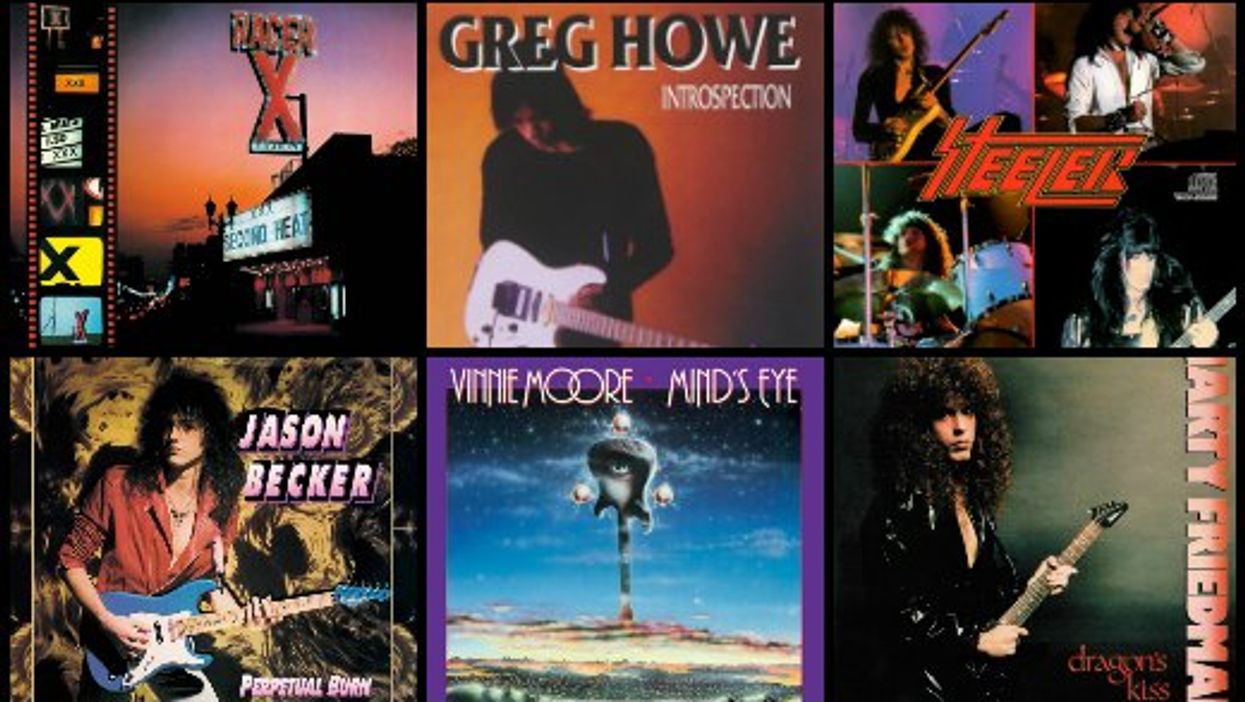
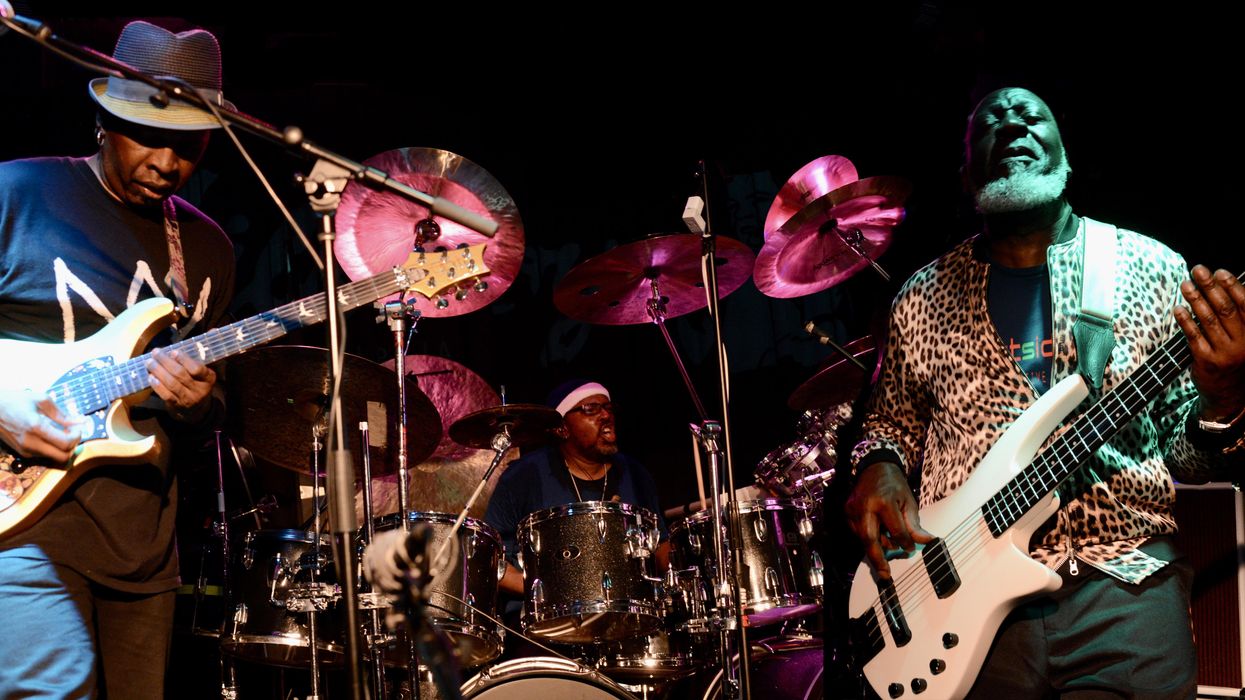
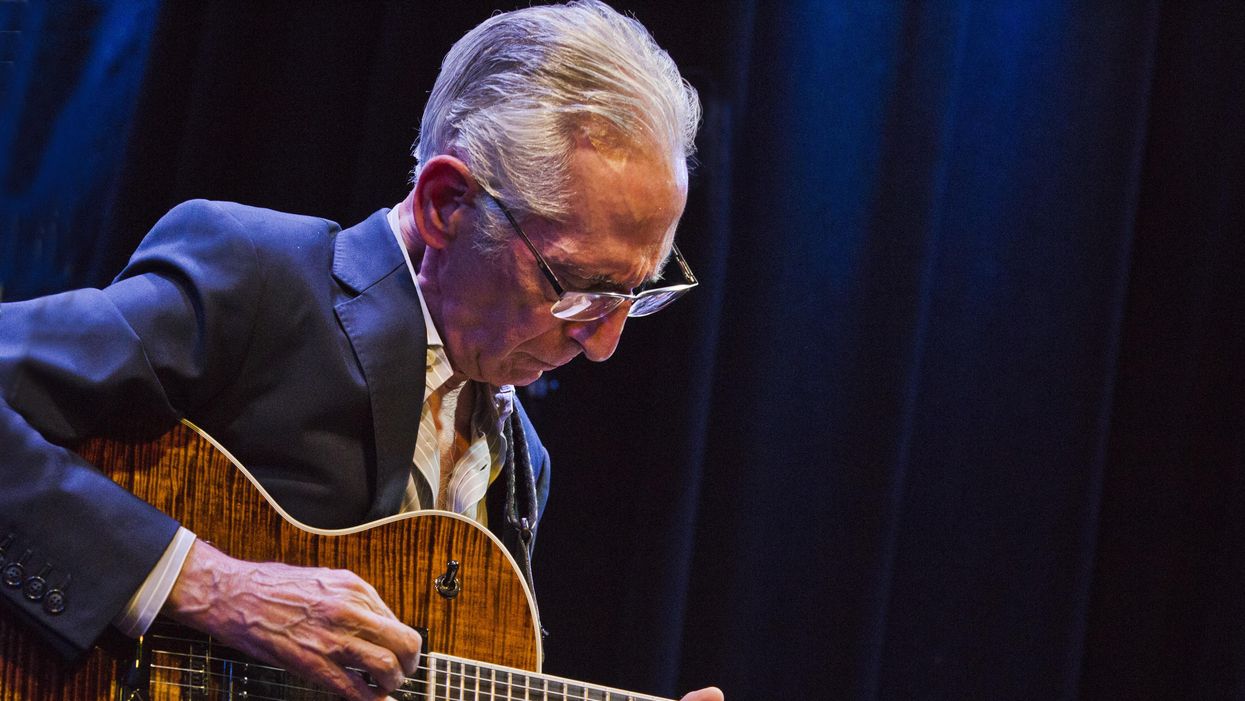





![Rig Rundown: Russian Circles’ Mike Sullivan [2025]](https://www.premierguitar.com/media-library/youtube.jpg?id=62303631&width=1245&height=700&quality=70&coordinates=0%2C0%2C0%2C0)
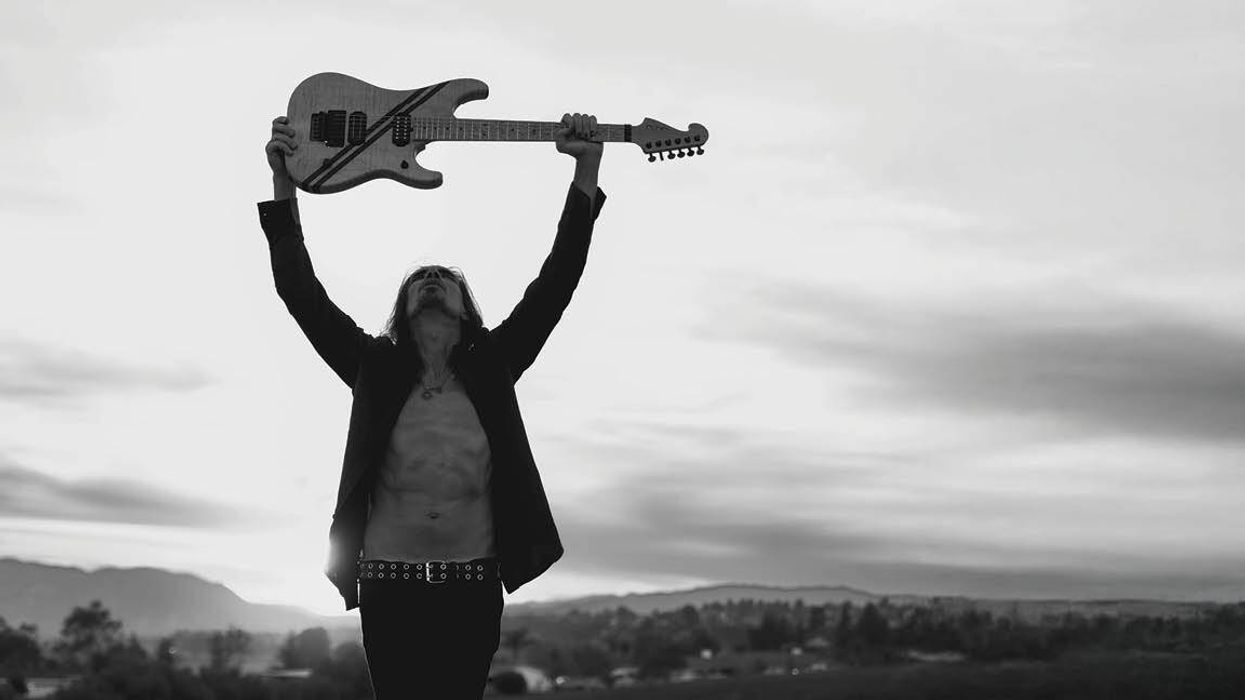











![Rig Rundown: AFI [2025]](https://www.premierguitar.com/media-library/youtube.jpg?id=62064741&width=1245&height=700&quality=70&coordinates=0%2C0%2C0%2C0)




















 Zach loves his Sovtek Mig 60 head, which he plays through a cab he built himself at a pipe-organ shop in Denver. Every glue joint is lined with thin leather for maximum air tightness, and it’s stocked with Celestion G12M Greenback speakers.
Zach loves his Sovtek Mig 60 head, which he plays through a cab he built himself at a pipe-organ shop in Denver. Every glue joint is lined with thin leather for maximum air tightness, and it’s stocked with Celestion G12M Greenback speakers.











